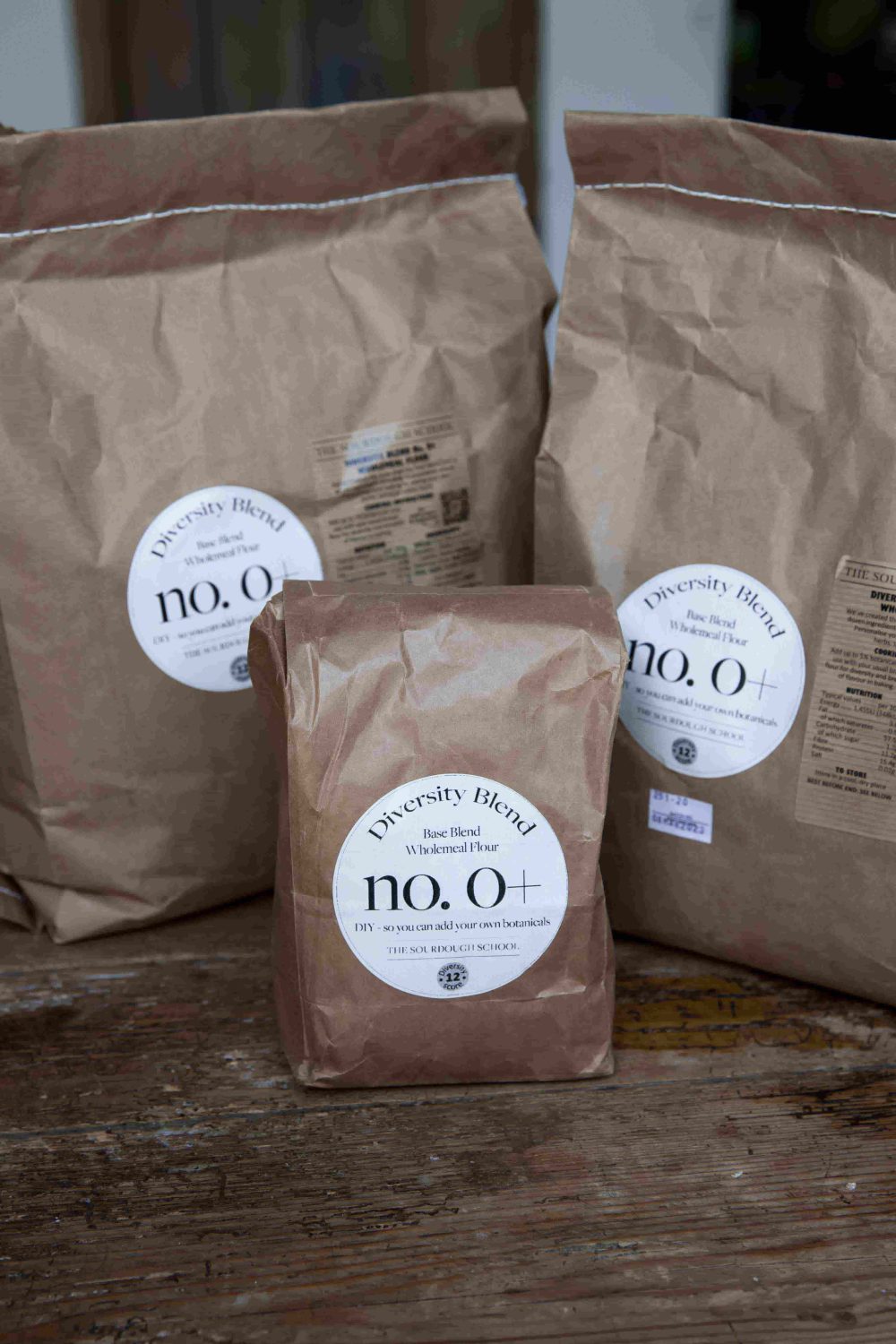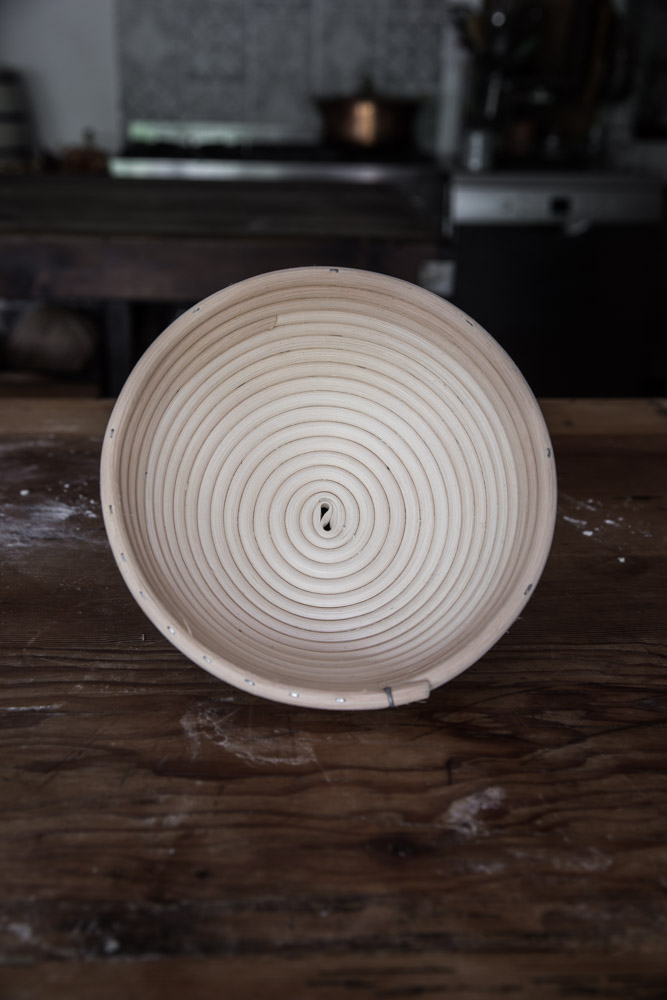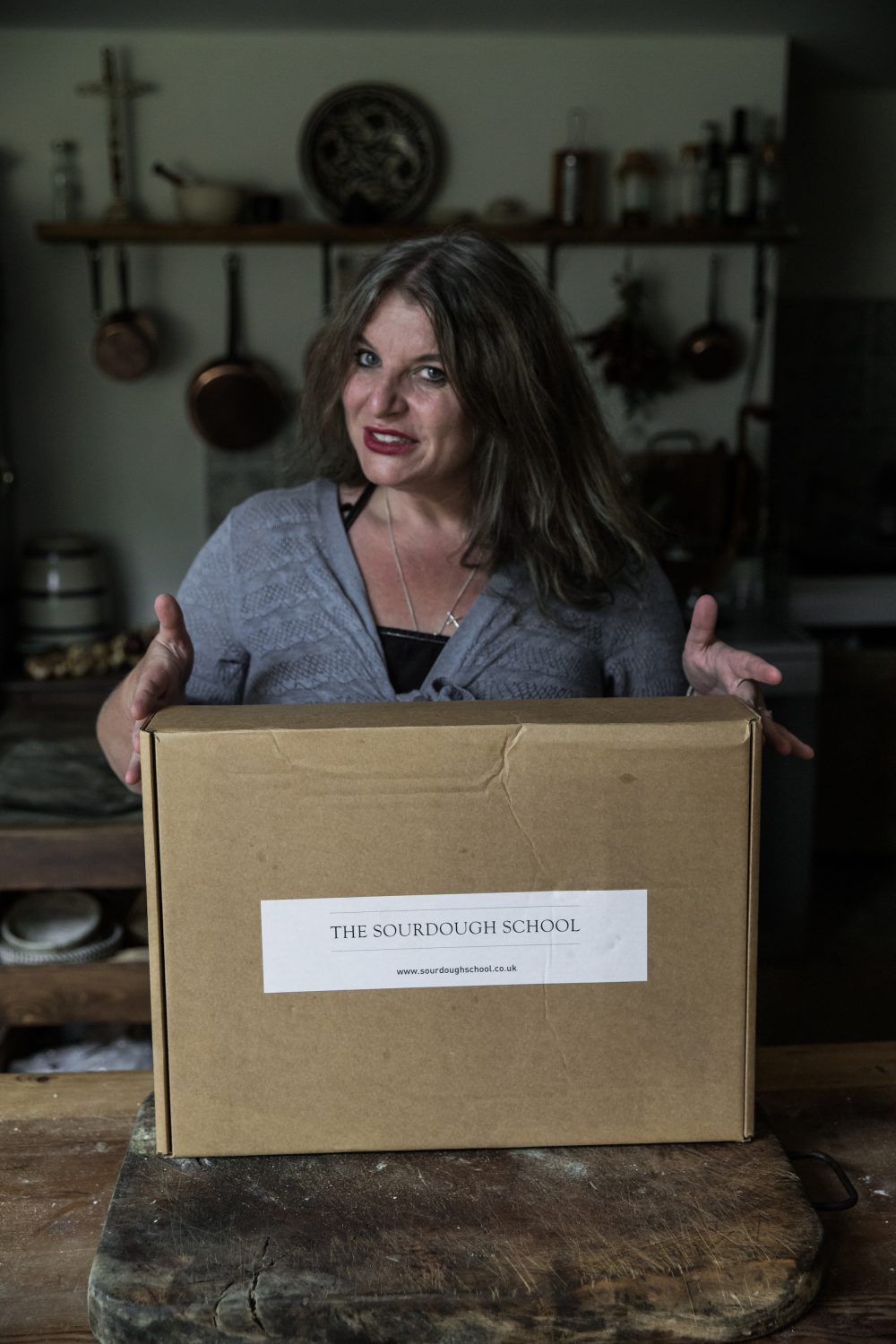Mixing Sourdough: A Personal Touch
When it comes to baking, mixing is one of my favourite parts. There’s something truly really magical about getting your hands into the flour and water, feeling the dough come together. All the loaves I bake, and the ones we bake together at The Sourdough School, are mixed by hand. This isn’t just a method; it’s a way to connect with the dough on a sensory level, something that every baker, from beginner to expert, should experience.
I always encourage bakers to get their hands into the dough and feel it. This tactile connection helps you understand how the flour absorbs water and how the dough evolves. By becoming familiar with the dough’s texture and feel, you learn how different types of flour behave, how hydration works, and how to respond to what the dough is telling you.
The way you mix your dough—the speed, the energy, and the time you spend—matters. Proper mixing develops the gluten, which is key to the bread’s structure. If you mix too quickly or too long, you risk compromising the texture and the crumb of your bread. The goal is to find that sweet spot where you’ve mixed enough to create a uniform, elastic dough with a good gluten network.
I like to put energy into my mixing. Not only does this help develop the dough, but it’s a bit of a workout, too! Over time, you’ll build up some good muscles. Once the flour and water are combined, I often use the stretch and fold technique, which helps strengthen the dough further. While using a mixer can build a stronger gluten network, my preference—and what I teach—is hand mixing whenever possible unless it is a brioche or enriched bread. It keeps you connected to the process and allows for a more intuitive feel for the dough.
However, if you are working with larger quantities of dough, a mixer with a spiral action can be very helpful. A good spiral mixer or twin arm gently kneads the dough, keeping it at the right temperature and preventing it from overheating, which can affect fermentation and the final loaf. A quality mixer should be heavy and robust, with multiple speeds to give you control over the dough’s development. Start slow to bring everything together, then use short bursts at higher speeds to develop the gluten, always keeping an eye on the dough’s temperature and adjusting water temperature as needed.
My Mixing Advice
- Get to Know Your starter and leaven age matters: Know your starter, ( and understand that your leaven for a retarded sourdough boule should be young) bubbly and smell fresh, similar to live yogurt. This is a good indicator that it’s ready to use.
- Add Water Gradually: Don’t add all the water at once. For white flour doughs, start with about 70% of the water, and for whole grain, around 80%. Hold back the rest for later.
- Temperature Matters: The temperature of the water you use is crucial. Aim for an initial dough temperature of 28°C. In colder months, I use water at 33°C because the temperature drops as I mix. In the summer, I lower the water temperature to around 23-26°C. If you’re in a particularly hot climate, you might need to reduce the water temperature even further.
- Mixing: I have always started my hand mixing by whisking the warm water and leaven to eliminate lumps and add air. Then, add the flour and mix thoroughly for a couple of minutes. This initial mix begins to develop the gluten. – but remember you need to keep an eye on the temperature so ensure that your water is still warm enough to reach your desired dough temperature when you add the flour. After this, let the dough rest for a bit—this is the autolyse phase, which helps strengthen the gluten without overworking the dough.
- Develop the Gluten: After the rest, continue mixing and add the salt. Mixing in stages, with rest periods in between, ensures that the gluten develops properly and the dough doesn’t become overworked.
By taking these steps, you’ll not only improve your bread but also deepen your relationship with the baking process. Remember, every loaf is a journey, and mixing by hand is a wonderful way to enjoy that journey.
Happy baking!
 Nutrigenomics
Nutrigenomics 


